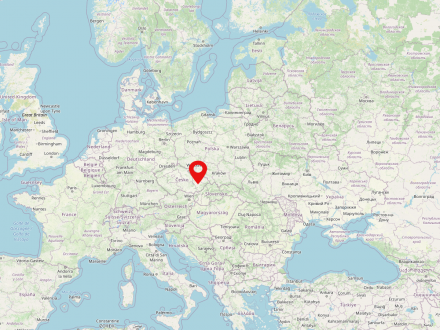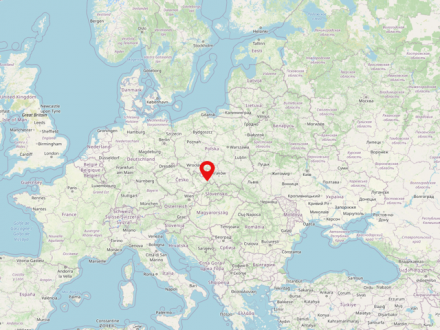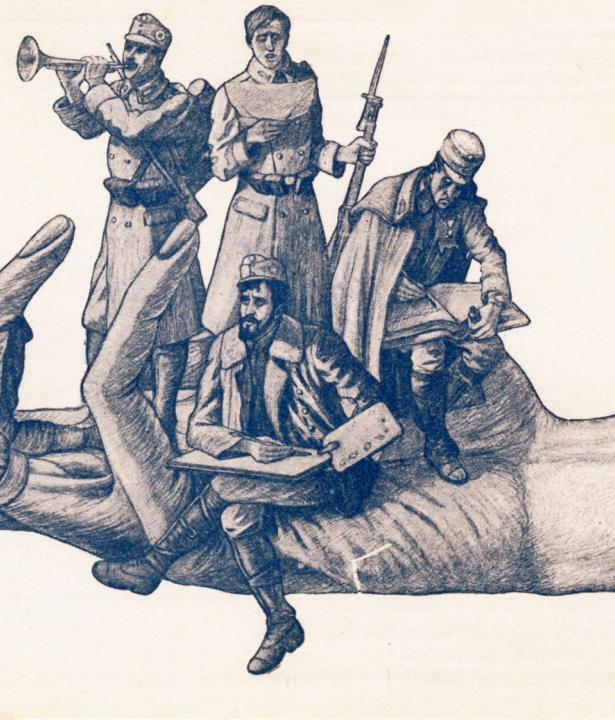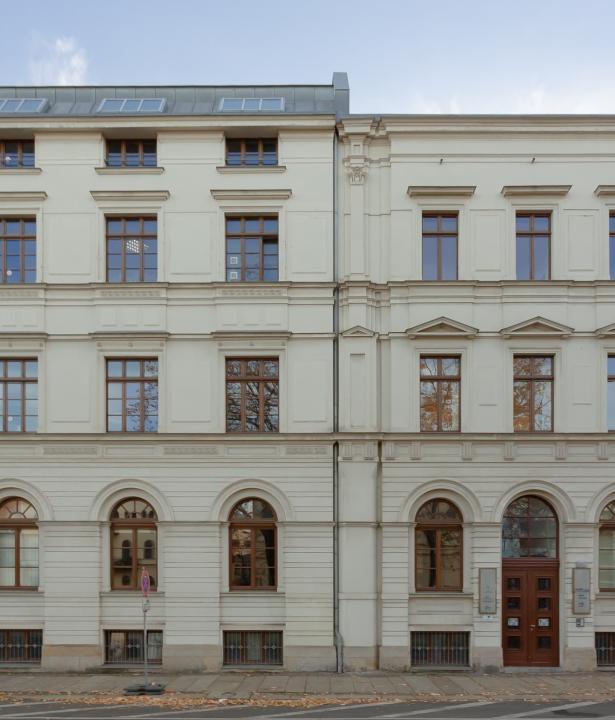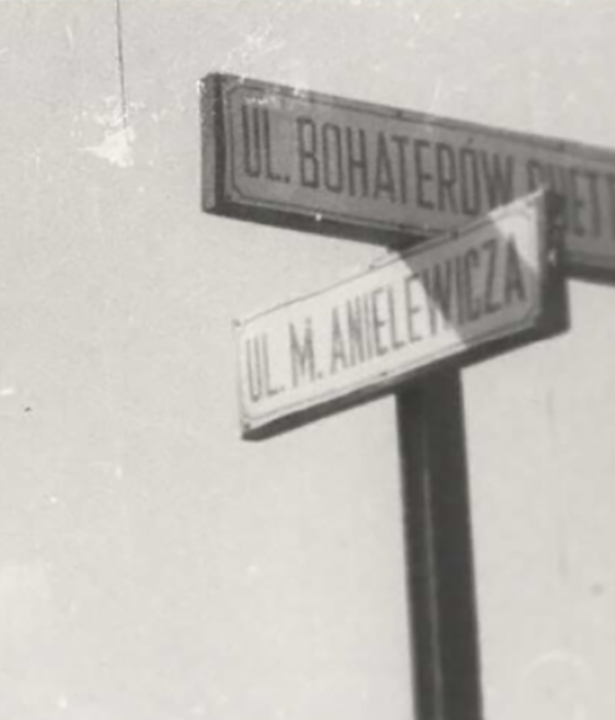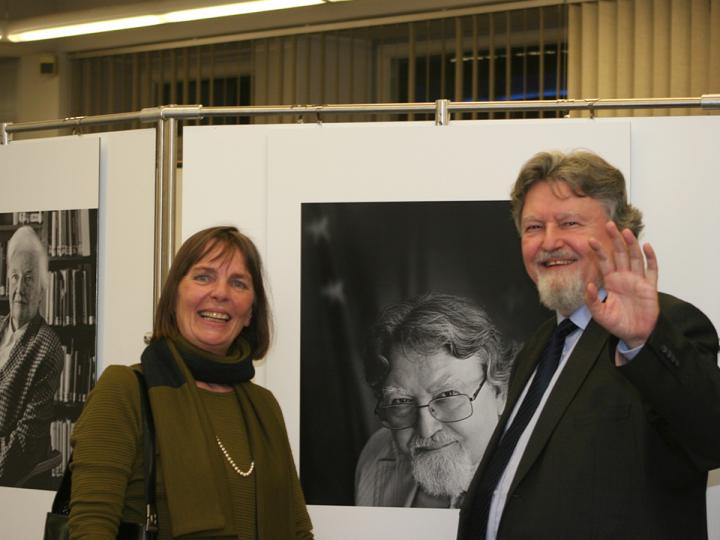

Bohemia is a historical landscape in present-day Czech Republic. Together with Moravia and the Czech part of Silesia, the landscape forms the present territory of the Czech Republic. Nowadays, almost 6.5 million people live in the region. The capital of Bohemia is Prague.
Moravia is one of the three historical landscapes of the Czech Republic. Together with Bohemia and Czech Silesia, Moravia constitutes the state territory of the Czech Republic. Moravia is located in the southeast of the country and shares borders with Slovakia, Poland and Austria. Today, almost 3.1 million people live in Moravia. The most important cities in Moravia are Brno, Ostrava and Olomouc.
The Teschen Silesia is a historical landscape in the northeast of the Czech Republic. The landscape lies on the border between the southern Polish Silesian Voivodeship and the northeastern Czech region of Moravskoslezský kraj.
On display are portraits of the following people:
Jaromír Boháč, Johann Böhm, Oskar Böse, Hellmut Bornemann, Toman Brod, František Černý, Barbara Coudenhove-Kalergi , Bohumil Doležal, Helena Faberová, Hugo Fritsch, Jiří Gruša, Widmar Hader, Peter Härtling, Gudrun Heißig, Johanna von Herzogenberg, Milan Horáček , Hellmut Karasek, Ferdinand Graf Kinský, Tomáš Kosta, Jan Křen, Kurt Krolop, Franz Peter Künzel, Peter Kurzeck, Markus Lüpertz, Max Mannheimer, Franz Olbert, Anton Otte, Marianne Passetti, Walter Piverka, Vilém Prečan, Petr Příhoda, František Radkovský, Lida Rakušanová, Peter Rath, Günther Reichert, Rosina Reim, Erwin Scholz, Eduard Schreiber, Lore Schretzenmayer, Harro Senft, Olga Sipp, Josef Škrábek, Ivan Steiger, Oldřich Stránský, Horst Teltschik, Ilse Tielsch, Petr Uhl, Bedřich Utitz, Věra Vohlídalová, Alena Wagnerová, Angelus Waldstein, Fritz Wittmann, Barbara von Wulffen, Zdeněk Zvolský




